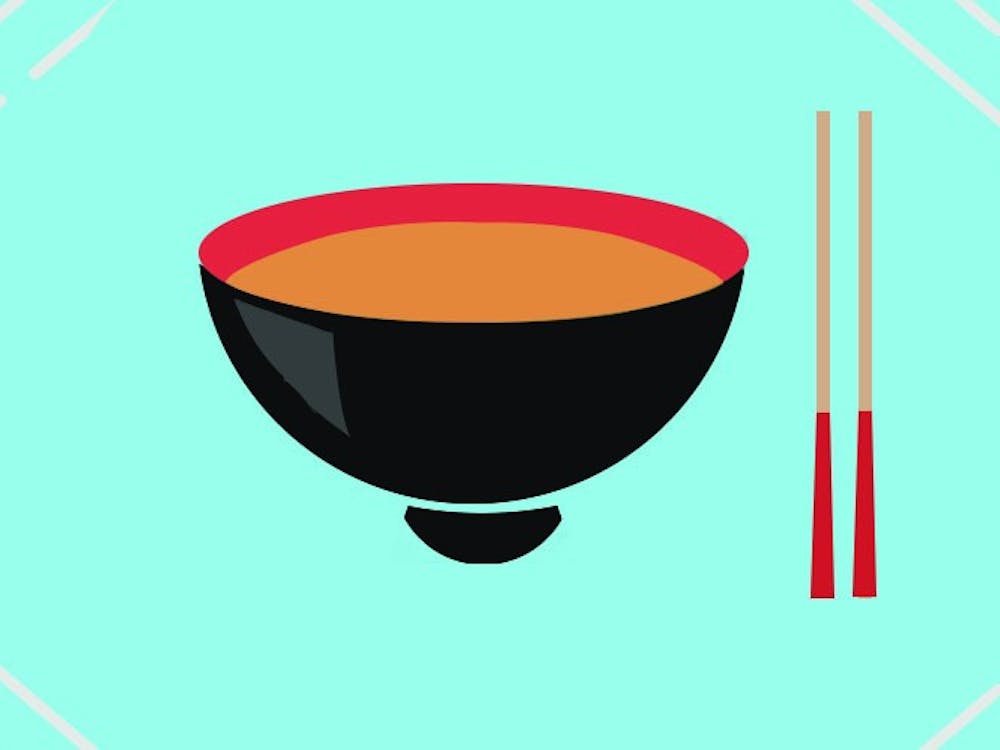Martha Friedman, lecturer in visual arts in the Lewis Center for the Arts, grew up in a family of scientists.
“Literally, the way I thought about things seemed different from my nuclear family,” Friedman said, describing her upbringing.
As paradoxical as it sounds, Friedman decided to become an artist in response to her family’s interests. Her father, a molecular geneticist, brought her to the lab and asked her to sort out fruit flies. Her mother, a doctor, provided her access to images of anatomical slices. Because her mother and father taught her about what was going on inside bodies and about organic processes, her fundamental idea of the physical world was abstracted, and she developed a keen sense of a body’s movement from the inside and out. Her ability to abstract materials from their daily physical appearance proves beneficial to her as a sculptor.
Friedman always wanted to be an artist. When she was 10, she went to an arts camp in Chicago intending to focus on her oboe-playing. Instead of enjoying playing in the orchestra, she “loved making the double-reeds for the oboe.” One day, she saw a group of art kids in the camp hanging out outside. She smelled the paint coming out of the studios and realized that was where she needed to be. The next year, she went to the camp to take the sculpture class.
“I make weird stuff, and people actually kind of took it seriously,” Friedman said. “And then you find people that think like you, too, and that felt really good.”
She continued attending that camp until she was 18 and taught there for two summers.
Now, she is a lecturer at the University, co-teaching a class called “Body and Object, Making Art that is Both Sculpture and Dance” with Susan Marshall, director of the dance program in the Lewis Center. Dance and sculpture, normally associated with motions and stillness, respectively, are integrated in their class.
“Contemporary dance can be very static — it can be a person sitting down and staring at the audience on stage; and contemporary art can be extremely performative and about time passing,” Friedman said.
For the class, the student’s first assignment was to combine an object with a “motion” word. One student was asked to combine “sand” with “spinning,” and she came up with an innovative piece. According to Friedman, the student had four boxes, one without sand, and three others with increasing amounts of sand. She stepped into the first box and turned with a headstand. While doing it, she made crying noises because it was painful to do so. Then, stepping into the second box, she spun on her head again, except the crying noise decreased because the sand provided resistance. After she repeated the process for the third box, some laughter occurred. Then for the fourth box filled with sand, laughing replaced crying completely. The student created a piece that was highly creative and yet technical, Friedman said.
“You don’t have to be good at things to take a class. That’s ridiculous. Just be interested,” Friedman said.
There have been several exhibitions of Friedman’s work. Her 2010 sculpture “Ladies Room” of two tongues made of silicon rubber is a piece from one of her most famous exhibitions. Friedman’s inspiration sprang from a dinner she had in a Chinese restaurant, when she ordered duck tongues. While she was eating, she couldn’t stop thinking that “her tongue [was] chewing on another tongue.”

This idea of a tongue interacting with another tongue motivated her work. To some, the massive tongues can come across as a bit sexual, a comparison Friedman shrugs off.
“I do like to be provocative,” Friedman said.
Next week, Friedman is installing her new exhibition, “Pore,” which will open Nov. 7 and run through January at the Locust Projects art gallery in Miami, Fla. Rubber is going to be a main material for the exhibition, and Silas Riener ’06, a dancer and choreographer, will dance at different points inside some of the sculptures.
“The contemporary dance world and the contemporary visual arts world have these distinct crossovers,” Friedman said. She is using her own actions to embrace their connection.








